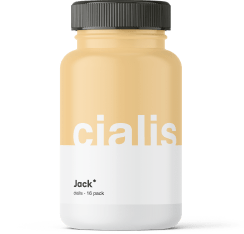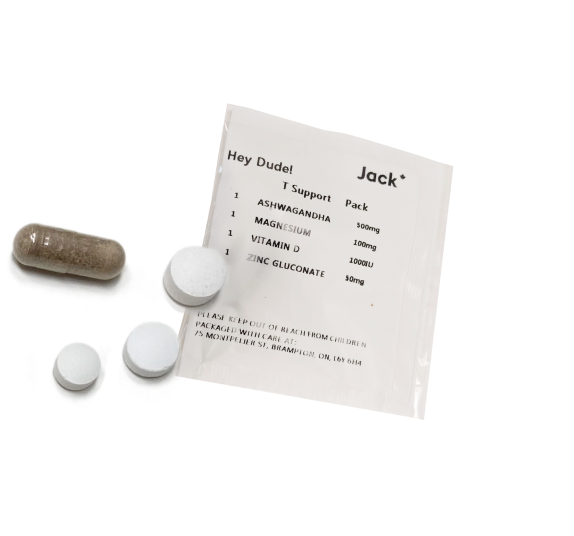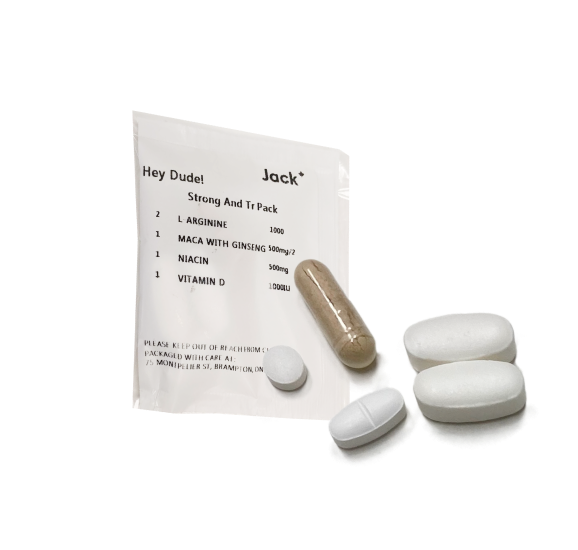Hair loss is not a serious medical condition but is a source of a great emotional distress for millions of people affected worldwide. Fortunately, there are solutions that can help to decrease or even reverse hair loss.
This is when Finasteride comes into play and can help with receding hairline by blocking androgens. On the other side, Minoxidil affects follicular cells by reducing hair loss and enhancing hair growth.
Content of this article focuses on:
- Efficacy of Finasteride and Minoxidil
- Their Mechanisms of Action
- Safety and differences between Finasteride and Minoxidil
to help make the personalized hair loss treatment together with the dermatologist.
What Is Finasteride?
Finasteride is a type II-selective 5-alpha-reductase inhibitor used for the treatment of male pattern hair loss by blocking androgens.
Male pattern baldness is characterized by an excess activation of the androgen receptor during the normal hair growth cycle which shortens the growth (anagen) phase leading to shorter and thinner hair follicles unable to reach the surface of the scalp.
- Oral Finasteride is approved by the FDA for the treatment of male pattern baldness at an optimal dose of 1mg/day.
- Finasteride is highly effective in reducing the progression of baldness while stimulating new hair growth at the same time.
- Topical administration of Finasteride shows a similar effect to oral Finasteride.
What Is Minoxidil?
Minoxidil is a piperidino-pyrimidine derivative initially used as an antihypertensive drug until it was observed that Minoxidil stimulates hair regrowth in balding patients. This has led to the development of a topical Minoxidil solution for hair loss treatments.
- Initial 2% Minoxidil solution launched in 1986 was later on followed by a 5% solution which was shown to be more effective than the 2% for the treatment of pattern hair loss.
- Low dose oral Minoxidil (2.5-5 mg daily) in men with male pattern baldness showed clinical improvement in the majority of the subjects with all the adverse effects being mild and well tolerated.
Effectiveness for Hair Loss
Minoxidil and Finasteride are both effective in decreasing hair loss and stimulating hair growth. The right treatment is selected depending on the cause of hair loss due to different mechanisms of action.
Namely, adjusting of DHT levels in types of hair loss that are not caused by hormonal changes is not likely to help so Minoxidil is usually a more effective treatment.
Side Effects of Finasteride and Minoxidil
Both oral Finasteride and topical Minoxidil can cause:
- rash
- itching
- swelling of hands or feet
- dizziness
- lip swelling
- chest pain
- headaches
- an increased heart rate.
Oral Finasteride is known to cause side effects such as erectile dysfunction, decreased libido, reduced ejaculatory volume, anxiety and depression, pain in testicles, gynecomastia and increased risk of breast cancer in men due to decreased DHT in blood.
Topical Minoxidil can cause increased hair loss, acne at site of application, facial hair growth, burning of scalp, lightheadedness, blurred vision, numbness or tingling of hands, feet or face and rapid weight gain.
Patients with angina or other heart conditions should avoid oral Minoxidil as it can cause cardiovascular symptoms.
Topical Finasteride and Minoxidil are applied directly to the scalp and absorbed locally at the application site. This ensures maximum effect with minimal side effects as only a small amount of medication is absorbed into the body.
Can Finasteride and Minoxidil Be Used Together?
Finasteride and Minoxidil are combating hair loss in different manners therefore they are not interacting with each and can be used together.
The combination of 0.1% topical Finasteride and 5% topical Minoxidil is more effective for hair restoration than application of individual agents.
Forms of Finasteride and Minoxidil
Both Finasteride and Minoxidil are available in pill form or as topical solution.
Oral Minoxidil and Finasteride are prescription drugs used as hair loss medications at a low dose.
Topical Finasteride and high dosage topical Minoxidil are also prescription medications.
Topical Minoxidil comes as a liquid, cream, mousse or foam and can be bought over-the-counter.
Pros and Cons of Each Treatment
Benefits and disadvantages of using Finasteride are:
- Oral Finasteride stops hair loss by blocking DHT.
- If taken orally it is more convenient than applying topical solution.
- Oral Finasteride requires a prescription.
Benefits and disadvantages of using Minoxidil are:
- Topical Minoxidil enhances blood flow to hair follicles which improves supply with oxygen and nutrients.
- Topical Minoxidil should be applied to the scalp twice a day.
- Topical Minoxidil is available over the counter.
Who Should Choose Which Medication?
Finasteride is the best choice for men and women experiencing pattern hair loss as it is more effective than Minoxidil. However, women should use Finasteride with caution since it is causing birth effects.
In cases of hair loss caused by chemotherapy, autoimmune disorders or nutritional deficiencies Minoxidil is a better choice.
How Should You Choose Between Finasteride and Minoxidil
Minoxidil is generally more suitable for lots of different hair loss patients. Finasteride is not suitable for everyone.
Since every individual’s response is unique it is in the best interest of the patient to consult a dermatologist or trichologist for right diagnosis and personalized advice.
Key Takeaways
- Finasteride blocks hormones while Minoxidil is boosting blood flow to improve hair density
- Oral Finasteride or Minoxidil are easier to incorporate in daily routine compared to applying a topical Minoxidil or Finasteride.
- Potential side effects range from itchy scalp caused by Minoxidil to profound sexual side effects induced by Finasteride.
- What works for one individual might not be suitable for the other so before making a decision what treatment to use it is best to consult a dermatologist or trichologist.
Frequently Asked Questions
Is It Safe to Switch from Minoxidil to Finasteride?
Yes, it is safe, but all newly acquired hairs are lost upon stopping the Minoxidil treatment and introduction of Finasteride is not always blocking the hair loss. It is advisable to overlap Minoxidil and Finasteride treatments for 4 months and then stop Minoxidil.
How Long Should One Wait to See Results from Either Treatment?
Finasteride takes 6-12 months of persistent use to show visible results.
MInoxidil is showing an improvement after 2-4 months of regular use following the product’s instructions.
Are There Specific Conditions That Favor One Treatment Over the Other?
Topical Minoxidil is considered as one of the most effective hair loss treatments which is shown to be generally safe. In case of scalp irritation the alternative is to use Finasteride or Minoxidil in a form of tablets.
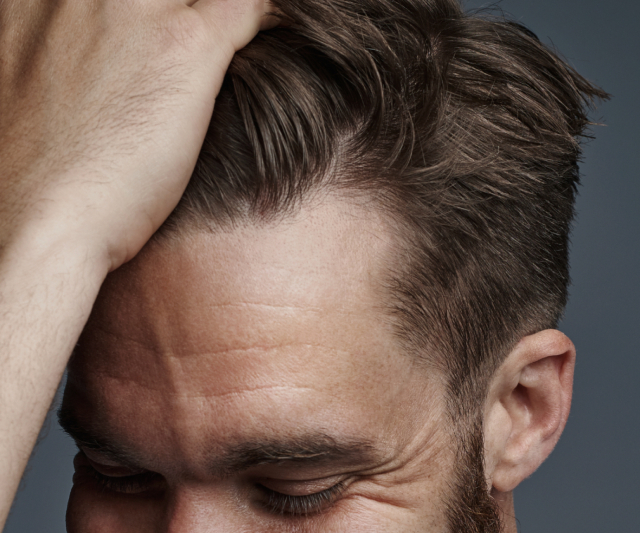




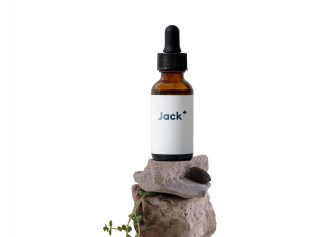
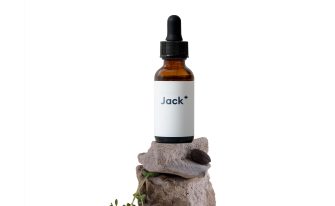
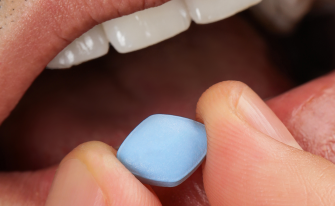



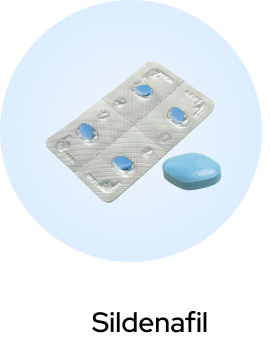
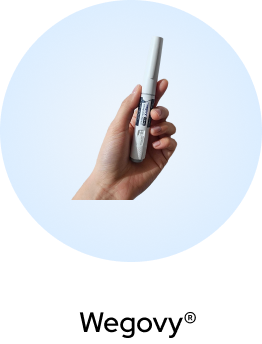
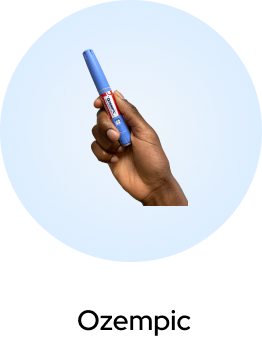


 (US)
(US)